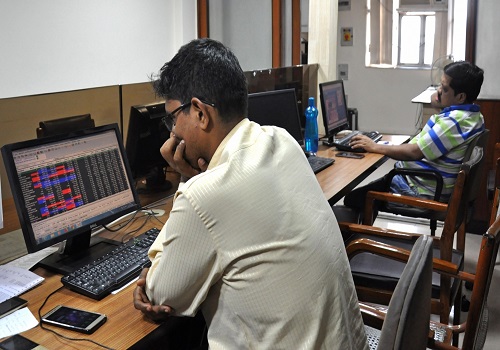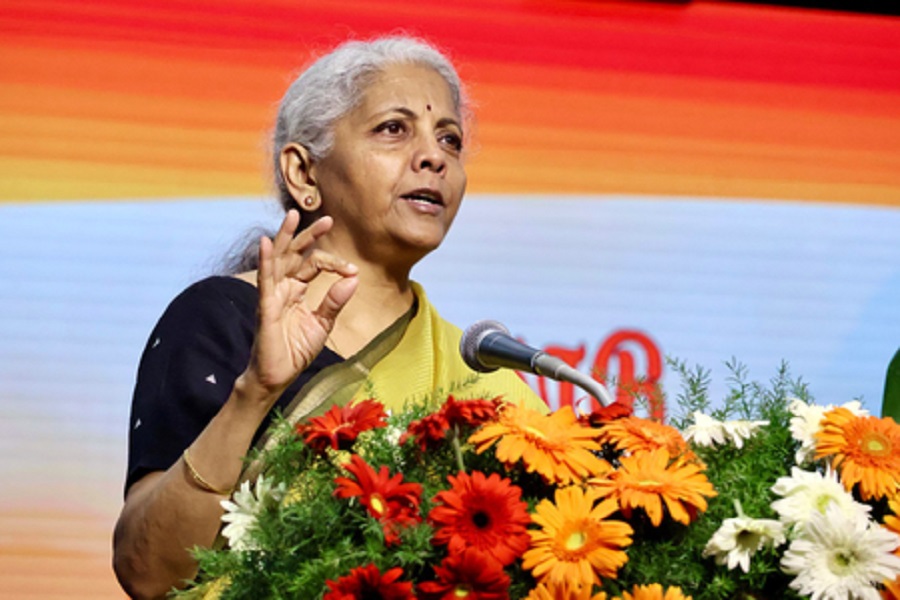Scholarly Perspectives on Family Tourism: An Exploration of Trends and Benefits

Family tourism has emerged as a vital segment of the global travel industry, offering unique opportunities for bonding, learning, and cultural immersion. Scholarly research sheds light on its significance, trends, and impacts on both families and destinations.
1. Defining Family Tourism
Family tourism is defined as travel undertaken by family groups to engage in leisure, recreation, or educational experiences. It is characterized by multi-generational participation, with emphasis on shared activities and memories.
2. Trends in Family Tourism
Recent studies highlight trends such as:
Multi-generational Travel: Families increasingly include grandparents in trips, fostering stronger intergenerational connections.
Eco-tourism and Sustainability: Families seek environmentally conscious destinations and activities.
Technology Integration: Smart devices and apps enhance travel planning and engagement.
3. Benefits of Family Tourism
Emotional Bonding: Shared experiences strengthen relationships and build lasting memories.
Cultural Awareness: Exposure to diverse cultures broadens horizons and fosters empathy.
Educational Value: Museums, heritage sites, and nature excursions provide learning opportunities for all ages.
4. Challenges in Family Tourism
While rewarding, family tourism poses challenges such as:
Balancing diverse interests and age-appropriate activities.
Budget constraints and logistical complexities.
Ensuring safety and accessibility.
Scholarly insights advocate for tailored experiences to address these issues effectively.
5. Future Directions in Research
Academics emphasize the need for:
Greater understanding of family dynamics in tourism.
Exploration of how technology influences family travel behavior.
Assessing the long-term impacts of family tourism on children’s development.
Conclusion
Family tourism is more than a leisure activity; it’s a transformative experience that shapes relationships, values, and perspectives. As the industry evolves, its potential to enrich lives and foster global understanding remains profound. Scholars and industry practitioners must collaborate to unlock its full potential.
























